
750W eBike Range Secrets: Get 50+ Miles Per Charge in 2025
Introduction
750W eBikes are rapidly gaining popularity for their balance between power and efficiency. This article directly addresses the key question: how far can you really ride on a single charge with a 750 watt eBike? We'll explore battery capacity, motor power, and how various riding conditions influence overall range.
Battery and motor dynamics play a critical role in determining real-world performance. Manufacturers often present idealized lab results, but terrain, rider weight, and assist modes cause real outcomes to differ. Our expert insights reflect hands-on testing under varied conditions.
This article aims to equip commuters, recreational riders, and eBike enthusiasts with a clear understanding of 750W eBike dynamics, offering technical explanations, practical tips, and actionable recommendations to maximize riding range.
Understanding 750W eBike Battery and Motor Dynamics
How Motor and Battery Work Together
A 750 watt eBike delivers a well-balanced blend of power and energy efficiency. The motor's wattage affects torque and acceleration, while battery capacity—measured in watt-hours (Wh)—determines how much energy is available for riding.
A common setup includes a 48V battery rated at 15Ah to 20Ah, which equates to 720Wh–960Wh of energy. The interplay between motor and battery is crucial, as it determines how efficiently stored energy is converted into motion.
Energy Consumption and Assist Levels
High-assist modes cause faster battery discharge, while moderate levels preserve energy. For optimal results, many riders use mid-level assist to balance performance and battery conservation.
Real-world testing shows that 750W eBikes typically provide a range between 25 and 50 miles per charge, depending on usage and environment. Efficiency also depends on the bike's controller, which manages how smoothly the motor draws power.
Factors Impacting Battery Life & Riding Range
Several internal and external factors affect riding range:
-
Battery Capacity (Wh): More capacity equals longer range. For example, 960Wh can deliver up to 50 miles in ideal conditions.
-
Rider Weight & Cargo: Heavier loads increase energy demand. An extra 50 lbs may reduce range by 5–10%.
-
Terrain: Steep inclines and rough surfaces demand more power, shortening range.
-
Assist Level: Higher assist uses more energy; eco modes stretch range further.
-
Weather Conditions: Cold weather may reduce range by up to 15%, while wind resistance increases battery usage.
-
Maintenance: Proper charging and storage significantly prolong battery health and usable range.
Range Impact Table
| Factor | Impact on Range | Example |
| Battery Capacity | More Wh = more miles | 720Wh: 25–35 miles; 960Wh: 35–50 miles |
| Rider Load | More weight = less range | Extra 50 lbs = 5–10% range loss |
| Terrain | Hills consume more energy | Steep terrain lowers range |
| Assist Mode | Higher = faster battery drain | Max assist vs. Eco assist difference |
| Weather | Cold/wind = less efficiency | Cold = 15% drop in range |
| Maintenance | Regular care improves performance | Good habits extend lifespan |
Real-World Performance & User Experiences
Urban vs. Off-Road Conditions
User data and field testing confirm that real-world performance varies greatly by usage scenario.
Urban commuters on flat terrain often achieve 40–50 miles per charge. In contrast, off-road riders in hilly environments may see only 25–35 miles.
Best Practices from Riders
Experienced users note that riding in mid or low assist modes and maintaining smooth pedaling can significantly increase range. Strategic use of assist—such as conserving energy on hills—can balance battery use throughout a ride.
Many riders report that their actual range is lower than what manufacturers claim, due to lab-tested figures not accounting for real conditions. Feedback from eBike communities consistently shows these differences.
Users also highlight that regular maintenance, like checking battery health and charging cycles, leads to more predictable performance over time.


Maximizing Range & Maintaining Battery Health
Smart Charging and Riding Habits
To extend your 750W eBike's range and protect battery longevity, follow these expert tips:
-
Charge smart: Avoid deep discharges. Charge when battery hits 20–30% and avoid overcharging.
-
Store properly: Keep the battery in a cool, dry place, especially during long storage.
-
Ride wisely: Use lower assist settings and pedal smoothly.
-
Inspect regularly: Check connectors and calibrate the battery management system periodically.
-
Monitor modes: Use onboard displays or apps to adjust power output in real-time.
These habits can stretch your battery's lifecycle to 500–1000 full charge cycles and improve long-term performance.
Comparative Analysis: 750W vs. 1000W eBikes
Performance and Efficiency Trade-Offs
While 1000W eBikes offer more power and torque, they consume significantly more energy. That extra performance often results in a 25–40% decrease in range compared to 750W models.
For daily commutes and moderate terrain, 750W bikes offer a better mix of power, efficiency, and affordability. 1000W bikes may be preferable for heavier riders or challenging hills, but come with higher costs and maintenance.
Comparison Table
| Metric | 750W eBike | 1000W eBike |
| Motor Power | 750W | 1000W |
| Range | 25–50 miles | 30–40 miles (varies more) |
| Torque | Good for urban and mild off-road | Higher torque for steep climbs |
| Efficiency | High | Lower due to power draw |
| Cost | Lower | Higher upfront and maintenance |
Conclusion & Key Takeaways
750W eBikes strike a smart balance between performance and efficiency. Their real-world range of 25 to 50 miles depends heavily on how and where you ride.
By following best practices—moderate assist use, smooth riding, proper charging and storage—you can maximize both performance and battery life.
750W models are often the best fit for commuters and casual riders who want powerful yet efficient transportation.
FAQs
Q: What is the average range of a 750W eBike on a single charge?
A: Typically 25–50 miles, depending on terrain, rider weight, and assist level.
A: Typically 25–50 miles, depending on terrain, rider weight, and assist level.
Q: Does cold weather affect 750W eBike battery performance?
A: Yes, battery efficiency can drop by up to 15% in cold conditions.
A: Yes, battery efficiency can drop by up to 15% in cold conditions.
Q: How does rider weight impact range?
A: Additional 50 lbs can reduce range by 5–10%.
A: Additional 50 lbs can reduce range by 5–10%.
Q: What's the best charging practice?
A: Charge at 20–30%, avoid deep discharges and overcharging.
A: Charge at 20–30%, avoid deep discharges and overcharging.
Q: How does terrain influence performance?
A: Hilly terrain demands more power and lowers the effective range.
A: Hilly terrain demands more power and lowers the effective range.



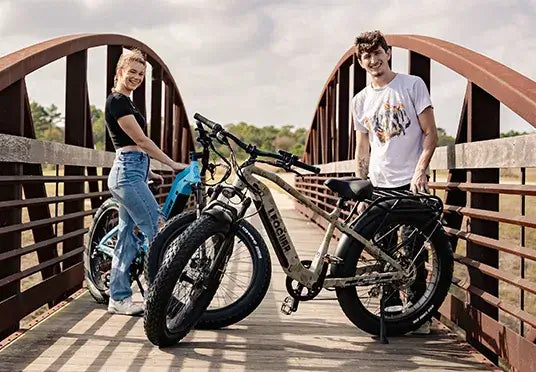
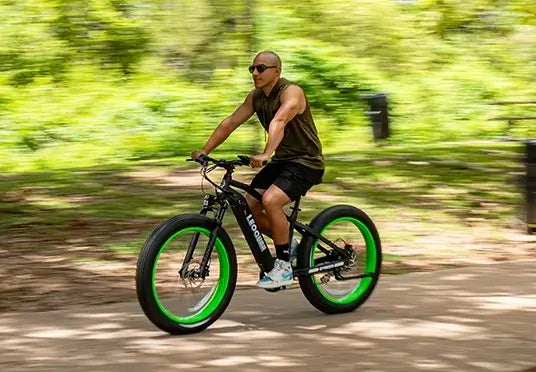
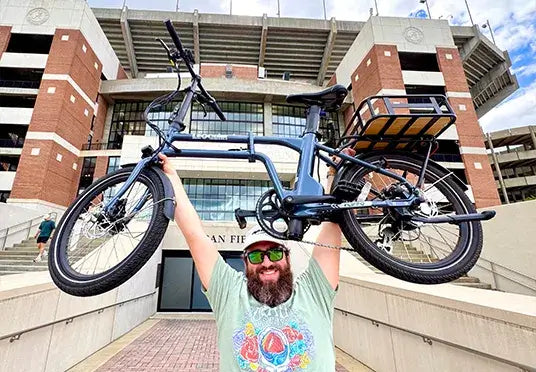
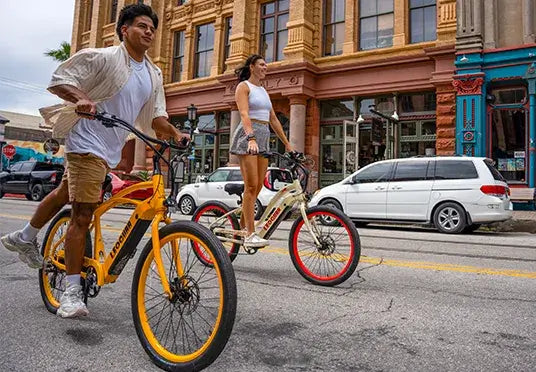
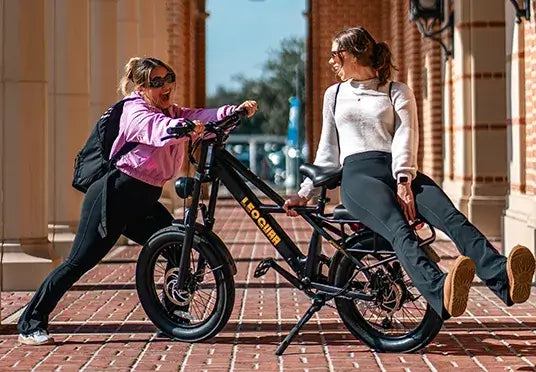
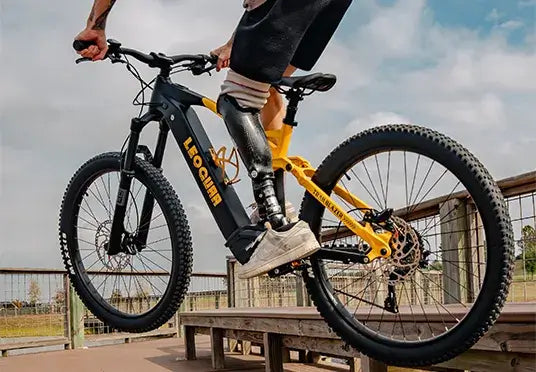

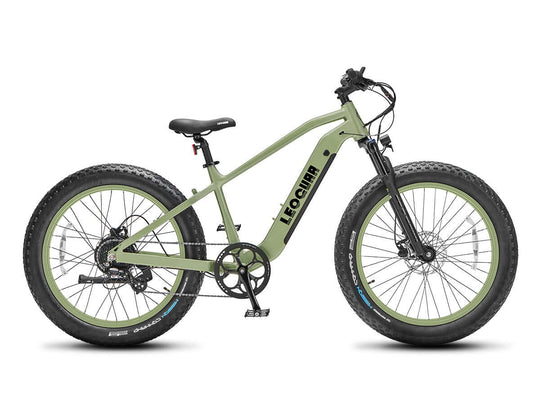
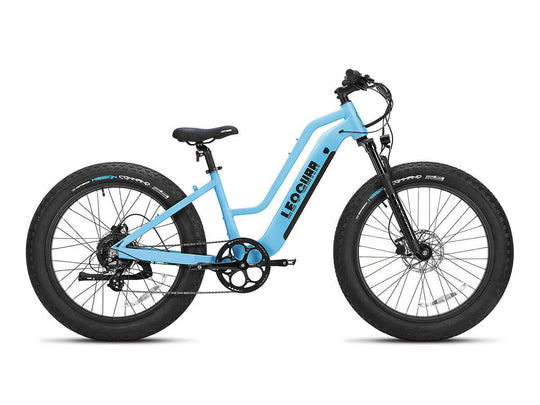
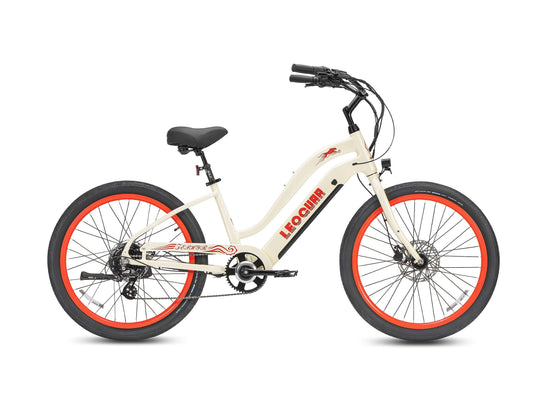
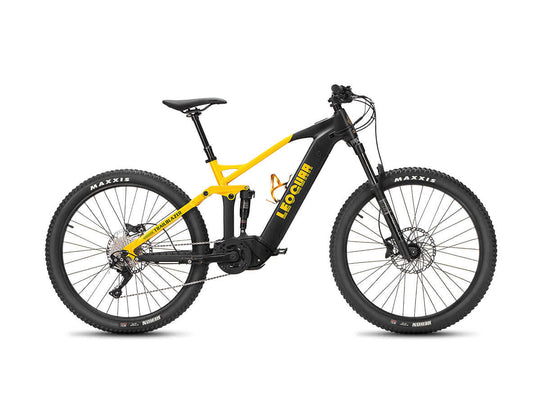
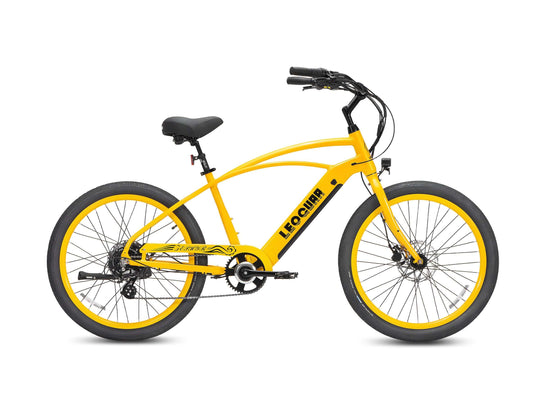
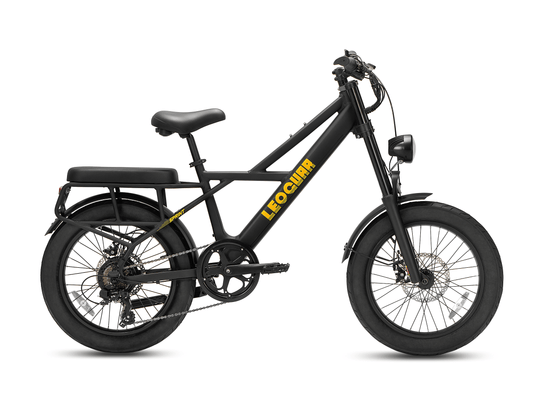

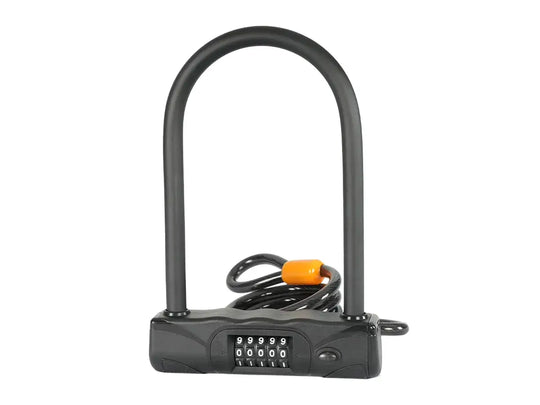
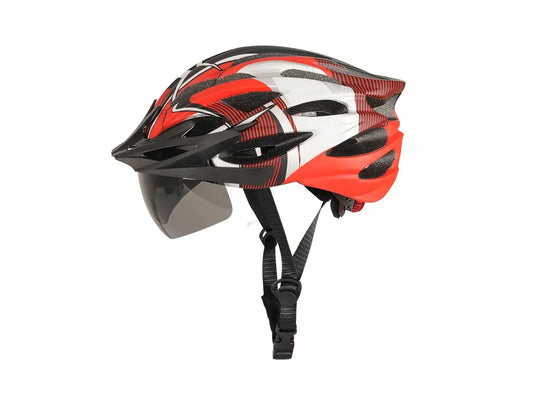
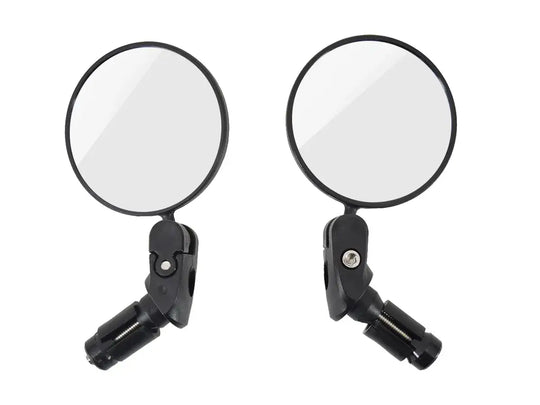

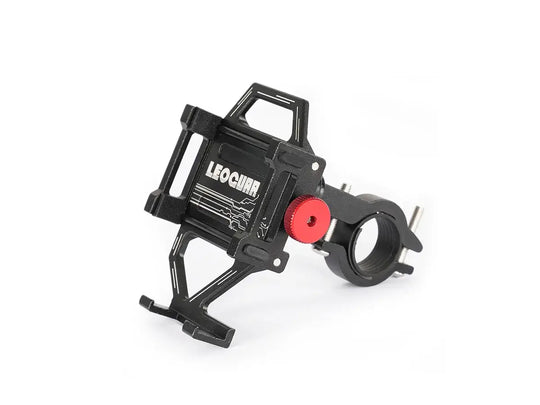
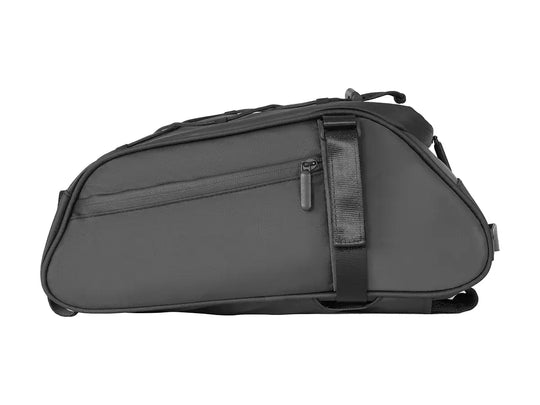
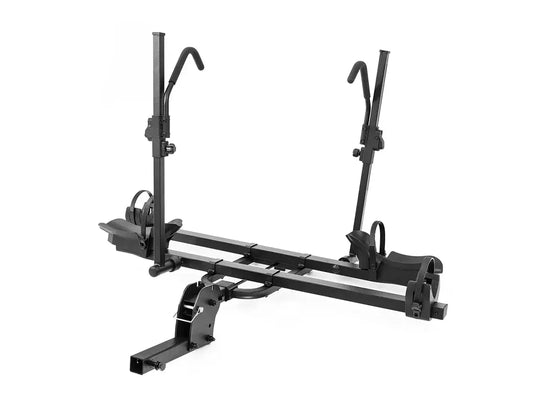
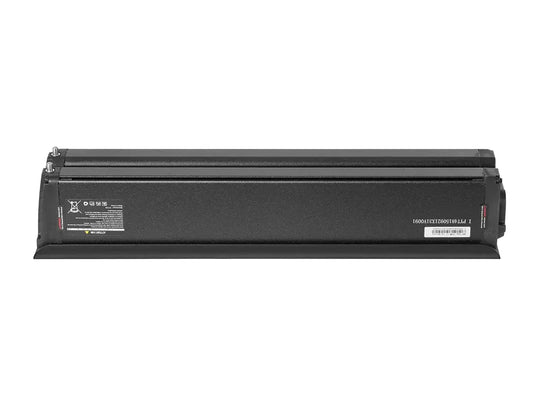
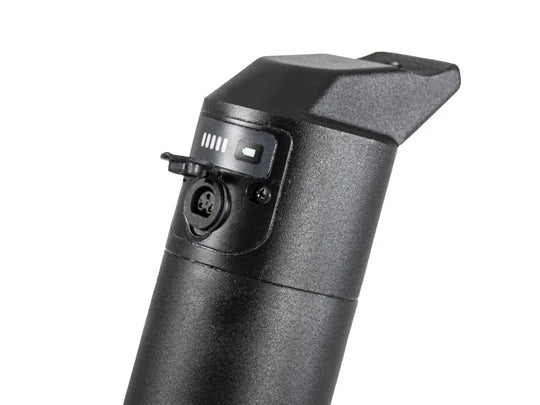
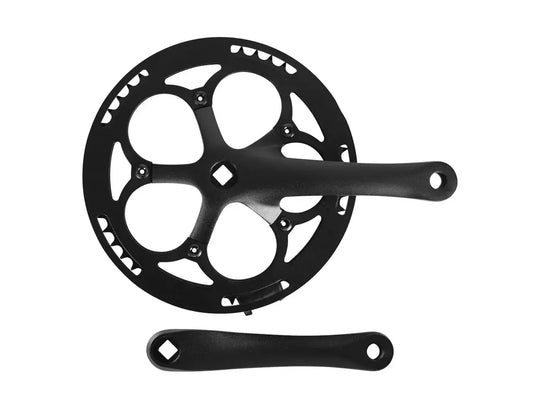
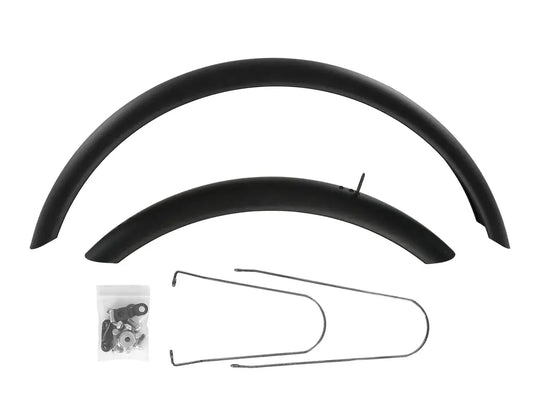
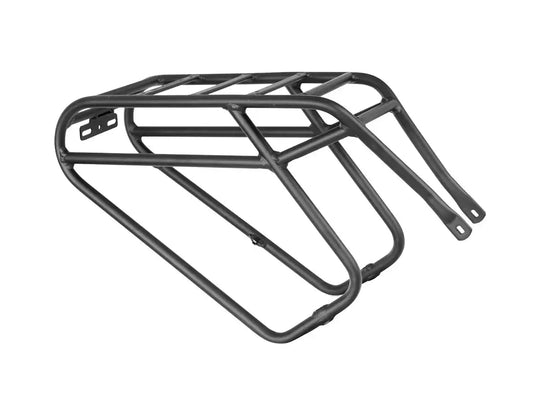
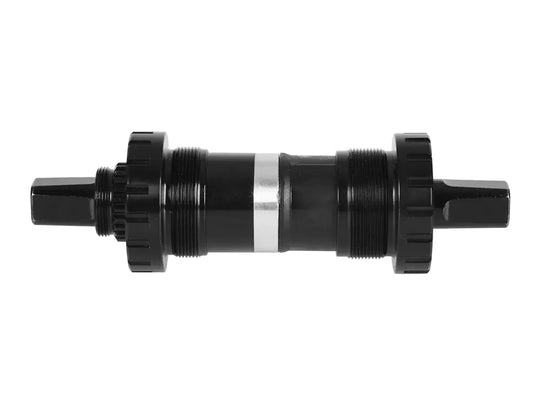
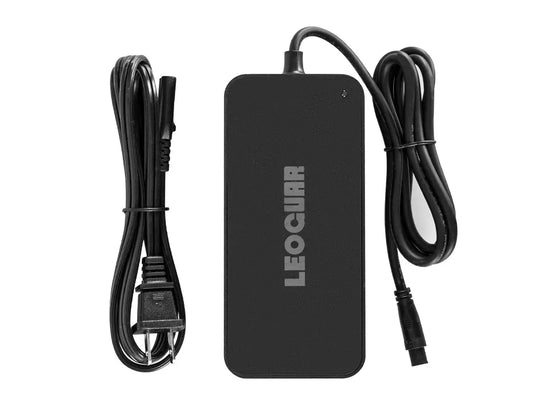
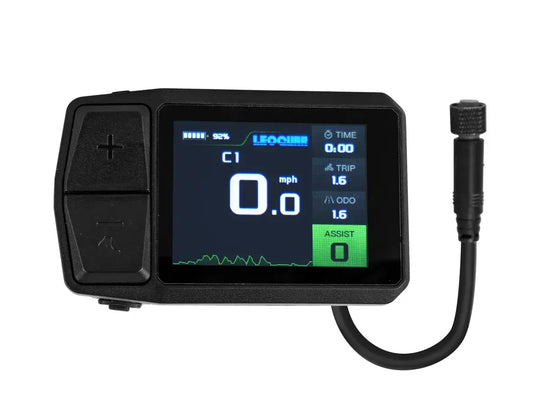
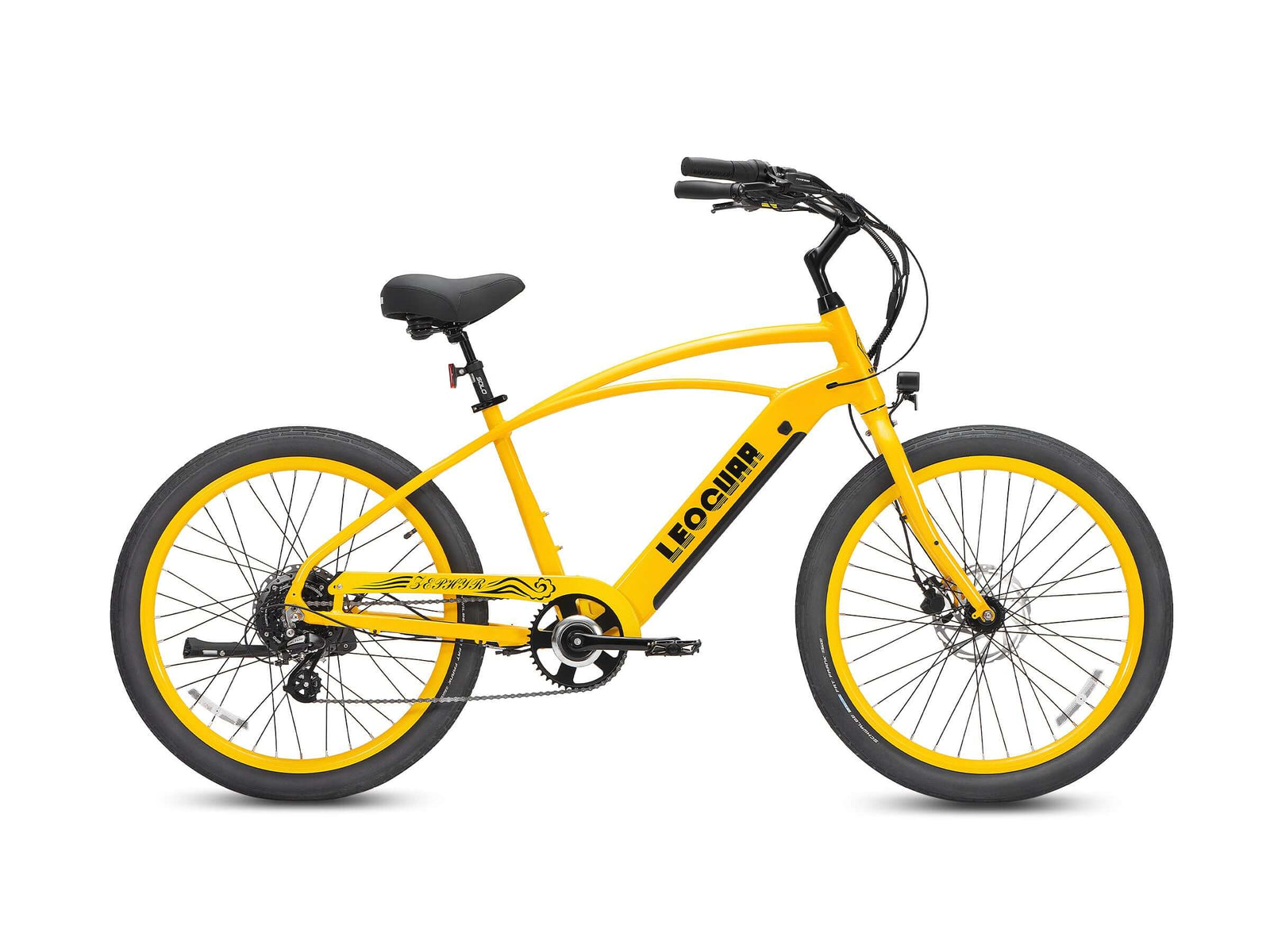








Leave a comment